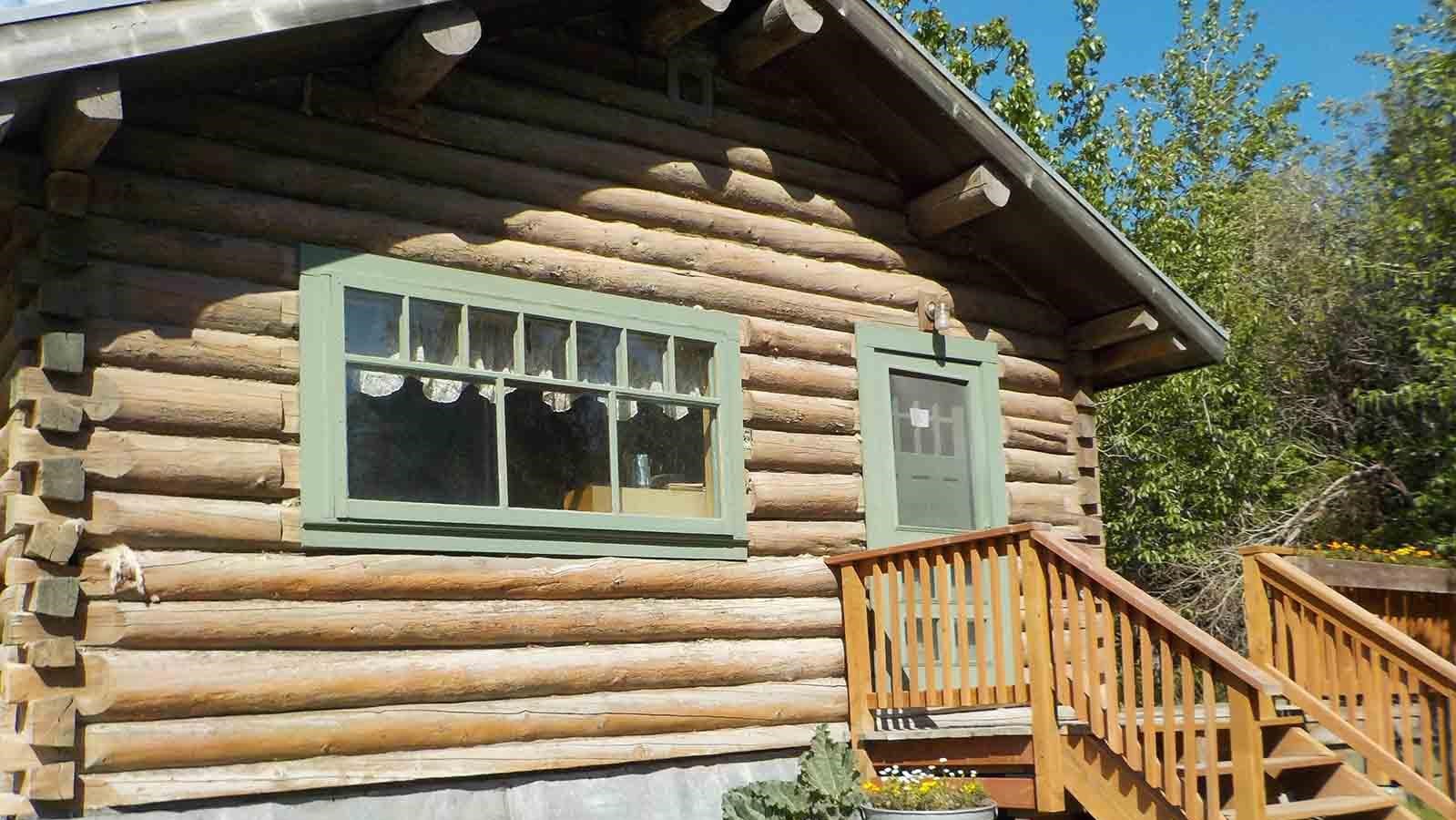Last updated: November 19, 2024
Place
Chitina Ranger Station

NPS
Benches/Seating, Bicycle - Rack, Gifts/Souvenirs/Books, Historical/Interpretive Information/Exhibits, Information, Information - Maps Available, Information - Park Newspaper Available, Information - Ranger/Staff Member Present, Information Kiosk/Bulletin Board, Internet/WiFi Available, Parking - Auto, Permits Issued, Picnic Table, Recycling, Restroom - Seasonal, Scenic View/Photo Spot, Toilet - Vault/Composting, Trailhead
Latitude: 61.514862060546875 Longitude: -144.43997192382812
CHITINA HISTORY
The railroad town of Chitina sprang to life in 1910. The town was a stopover and service point for the trains that traveled from the copper mines at Kennecott to ships waiting for ore at the port of Cordova. A steamship passenger arriving in Cordova could travel comfortably by train to Chitina, then by stage, sleigh or horse to Fairbanks other interior destinations. Native trails were improved to provide access to resources such as gold and copper. This Copper River area supported a population of approximately 200 Athabaskan Indian people when U.S. Army explorer, Lt. Henry T. Allen, traveled up the Copper River in 1885. They found the area very sparsely populated by people who followed fish and ani-mal migrations and lived in seasonal camps. One winter village was located southeast of the current site of Chitina, where Taral Creek enters the Copper River. When mines and the railroad came to the area, some Alaska Natives found employment in those enterprises. By 1928, the Bureau of Indian Affairs had built a school near Chitina to serve the region. Population ebbed, the school closed, and Chitina faded from its earlier ambition to be the metropolitan center of the Interior. However, the town did not completely “die out” as the area residents struggled to support themselves in the decades following the Kennecott Mine closure. Though some people still came to take salmon from the Copper River, Chitina had become a “ghost town,” as evidenced by town father O.A. Nelson’s ghostly art work which adorned many Chitina buildings in the 1940’s.
Chitina Chronology
1885 Army explorer Henry T. Allen encounters Ahtna natives.
1908 Missouri schoolteacher, O.A. Nelson, comes to Chitina area as a surveyor for Copper River & Northwestern Railway, settling there.
1910 August- Chitina townsites offered for sale by railroad as the railroad construction reaches the area. September- Jesse C. Martin, manager of Ed S. Orr Stage Co., purchases Chitina lots for company. November- 39 mile long cut-off from railroad in Chitina to Valdez-Fairbanks trail completed allowing first Orr stagecoach to depart for Fairbanks on November 25. November/December- Home of Jesse C. Martin completed. December-Orr company offices, complete with telephone, are set up in the new Hotel Chitina.
1911 March- Record 3 days, 17 hours, 30 minutes set driving Orr Co. sleigh from Chitina to Fairbanks. March 27- First train from Cordova reaches Chitina. Mid-September- J.C. Martin resigns and moves to Valdez; new manager, Jack Rockerfeller, moves in above Orr offices, and co-owner of Chitina Hotel, Horace Leach, moves into former Martin home.
1912 Summer-“Billy” Cameron supervises work for Orr Co. on the cutoff road near Tonsina.
1914 April15- Ed S. Orr Stage Company dissolved. Robert Sheldon drives a Ford Model T from Fairbanks to Chitina with Mrs. Leach as passenger.
1920 Chitina population…..171
1928 Bureau of Indian Affairs builds school at Chitina Village site (established by U.S. Commissioner O.A. Nelson, one mile south of Chitina).
1930 Otto Moses and family live in former Martin cabin and manage Chitina Cash Store for owner O.A. Nelson for approximately 10 years.
1931 January 17-Bush pilot, Harold Gilliam, lands first airplane on frozen Trout (Town) Lake.
1932 Last winter train run scheduled. Three story Overland Hotel burns. O.A. Nelson constructs two-story structure on site and opens drug store.
1938 Alaska Road Commission constructs airfield 5 miles north of Chitina. November 11- Last train leaves to Chitina on Cordova run.
1939 Spring-Copper River trestle at Chitina washes out for the final time. Chitina population…..176
1940’s The rails are removed. Many buildings are dismantled or moved. Town father O.A. Nelson paints ghosts on some buildings, indicating the new character of the town and perhaps hoping to lure tourists to the area.
1950’s Population 92. The BIA school is closed, and Chitina continues it’s quiet decline.
1960 Population 31.
1964 The Good Friday earthquake damages the Million Dollar Bridge at Cordova, frustrating local efforts for completion of the Copper River Highway.
1971 Copper River Bridge rebuilt at Chitina.
1980’s The National Park is established, the Edgerton Highway is paved, telephone and electrical services are improved, and tourists again discover Chitina. The Park Service acquires and restores the former home of Orr Stage Company manager J.C. Martin for use as a district ranger office and visitor contact station.
